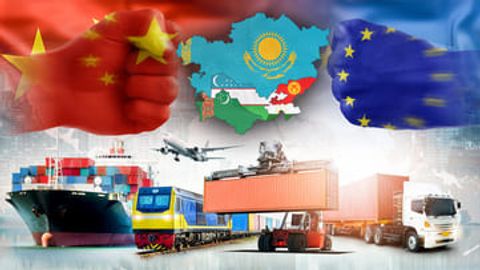What challenges and opportunities will Central Asia face with the EU's tariffs on Chinese EVs?


Good news:
Grow your business with us
Advertise on Daryo.uzIndividual approach and exclusive materials
Ad-free site readingSubscribe
25 000 sum per month
Comments
To leave a comment, first